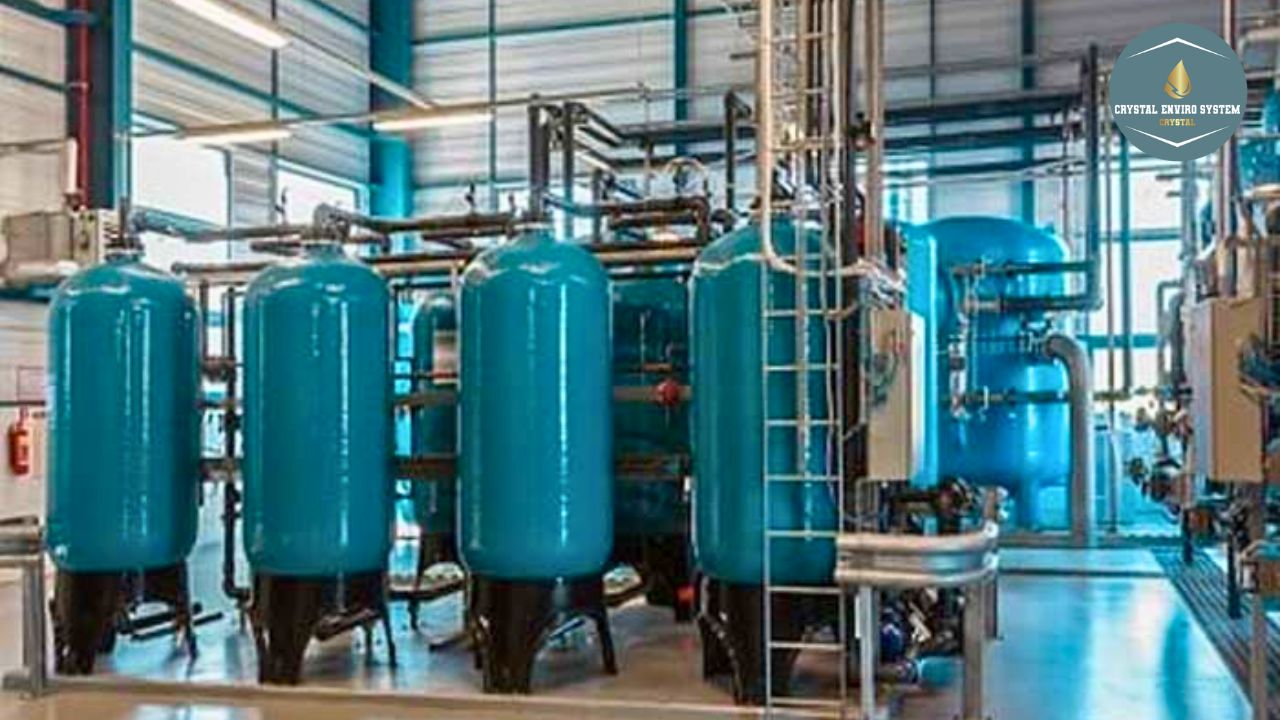What is Zero liquid discharge ZLD water treatment Plant?
A Zero Liquid Discharge (ZLD) water treatment plant operates by reclaiming valuable resources from wastewater. The solid byproducts generated in these plants hold potential for sale or repurposing in various applications. Notably, the United States has demonstrated the recovery of lithium from oil field brines and South American salars. Similarly, gypsum extracted from flue gas desalination wastewater can find utility in drywall manufacturing. Beyond the utilization of these reclaimed resources, ZLD systems also contribute to curbing water consumption.
Key technologies utilized in ZLD water treatment plants encompass reverse osmosis, electrodialysis, and brine concentrators. Reverse osmosis effectively eliminates a significant portion of dissolved solids. Conversely, brine concentrators offer a solution with higher salt content and heightened efficiency, particularly for waste volume reduction. Deciding whether ZLD is suitable for your facility aside, certain steps are integral to achieving desired outcomes.
A ZLD water treatment plant comprises three core components: electrodialysis, a brine concentrator, and a membrane. Within the process, the reverse osmosis train efficiently captures a substantial portion of dissolved solids. Brine concentrators, although featuring lower salt content compared to RO, excel in minimizing waste volume and enhancing water quality. Notably, these concentrators present a more cost-effective alternative to conventional RO systems.
Zero Liquid Discharge (ZLD) is a prevalent method for water treatment and waste management, increasingly recognized as an eco-friendly option. Not only can it have a positive impact on your financial outcomes, but it can also enhance your brand reputation and foster stronger local connections. Numerous technological options exist to fulfill ZLD mandates, encompassing dissolved air flotation, media filtration, and activated carbon filtration. Continue reading to gain insight into the utilization of these technologies within your business.
The zero liquid discharge (ZLD) system stands out as an exceptionally effective wastewater treatment approach, proficient in reclaiming a significant portion of dissolved solids from wastewater while maintaining cost-effectiveness. Typically, ZLD water systems necessitate low salt content, contributing to cost reduction. Consequently, a ZLD water treatment system tends to carry a higher price tag compared to conventional methods. Among the prevalent techniques, reverse osmosis and electrodialysis emerge as the two primary approaches in ZLD systems.
The Zero Liquid Discharge (ZLD) system encompasses two fundamental stages: pre-concentration and distillation. In practice, a ZLD water treatment plant is capable of recuperating over fifty percent of the water it processes. The remaining water is recycled, leaving no residual liquid. An effectively operational ZLD system holds the potential to lower a company’s overall production costs. It’s the combination of these factors that has led numerous organizations to adopt zero liquid discharge policies.
The core components of a ZLD water treatment plant involve a two-step process. The initial step is pre-concentration, which is accomplished through methods such as DAF (Dissolved Air Flotation) or membrane brine concentrators. A ZLD system has the capability to recover a notable 60-80% of the water that passes through its filtration system. The subsequent phase is distillation, where chemical feed and storage facilities come into play. Notably, a zero liquid discharge plant obviates the necessity for additional treatment processes.
A Zero Liquid Discharge (ZLD) water treatment plant employs membrane technology to purify wastewater, with reverse osmosis being the prevalent method. The reverse osmosis process effectively captures a significant portion of dissolved solids from the water. A brine concentrator, which lies between reverse osmosis and electrodialysis in terms of functionality, can manage high salt content, albeit with certain limitations. This kind of treatment facility emerges as the optimal remedy for diverse industrial applications.
When establishing a ZLD water treatment plant, careful consideration must be given to factors like the treatment site’s location and the specific characteristics of the wastewater being processed. In practice, the majority of ZLD systems do not reclaim the entirety of the wastewater. An approach referred to as “near-ZLD” can satisfy regulatory mandates while recovering only a portion of the wastewater. If complete 100% recovery isn’t necessary for your purposes, it’s worth contemplating a near-ZLD program, which represents a slightly higher level of treatment.


